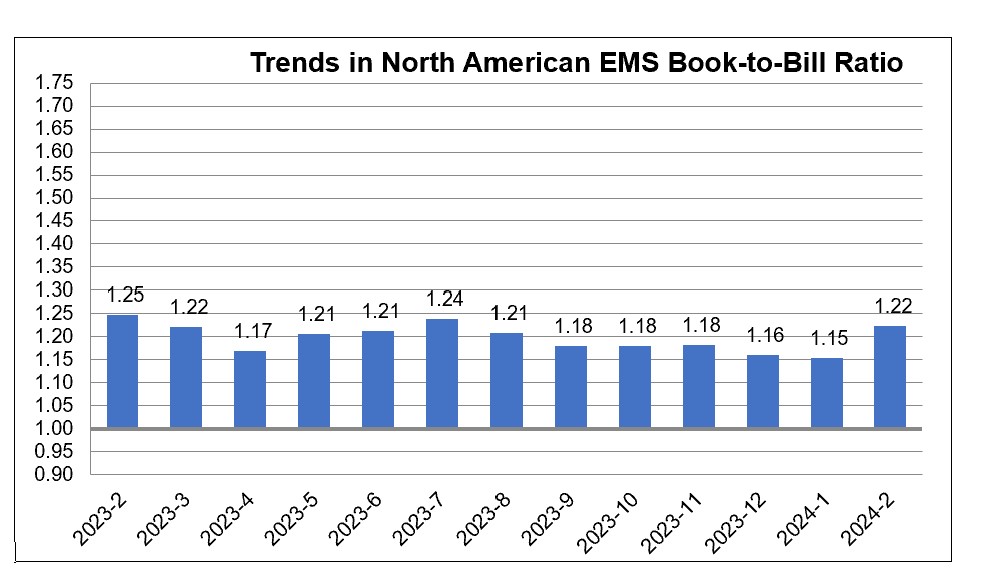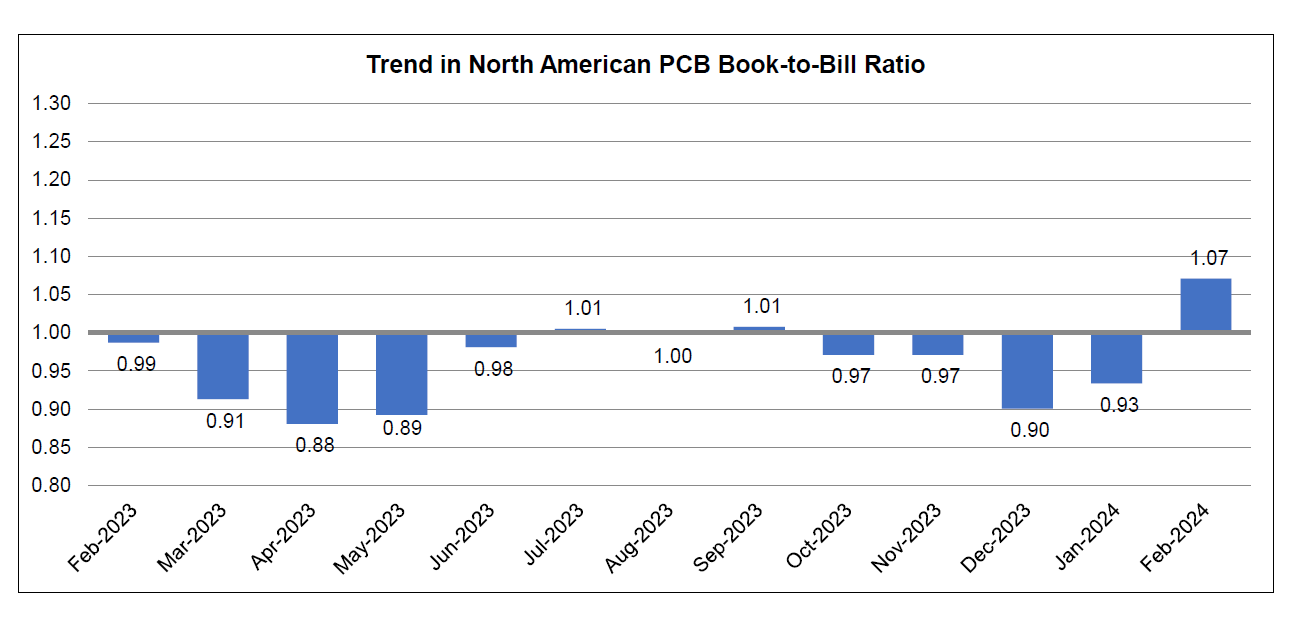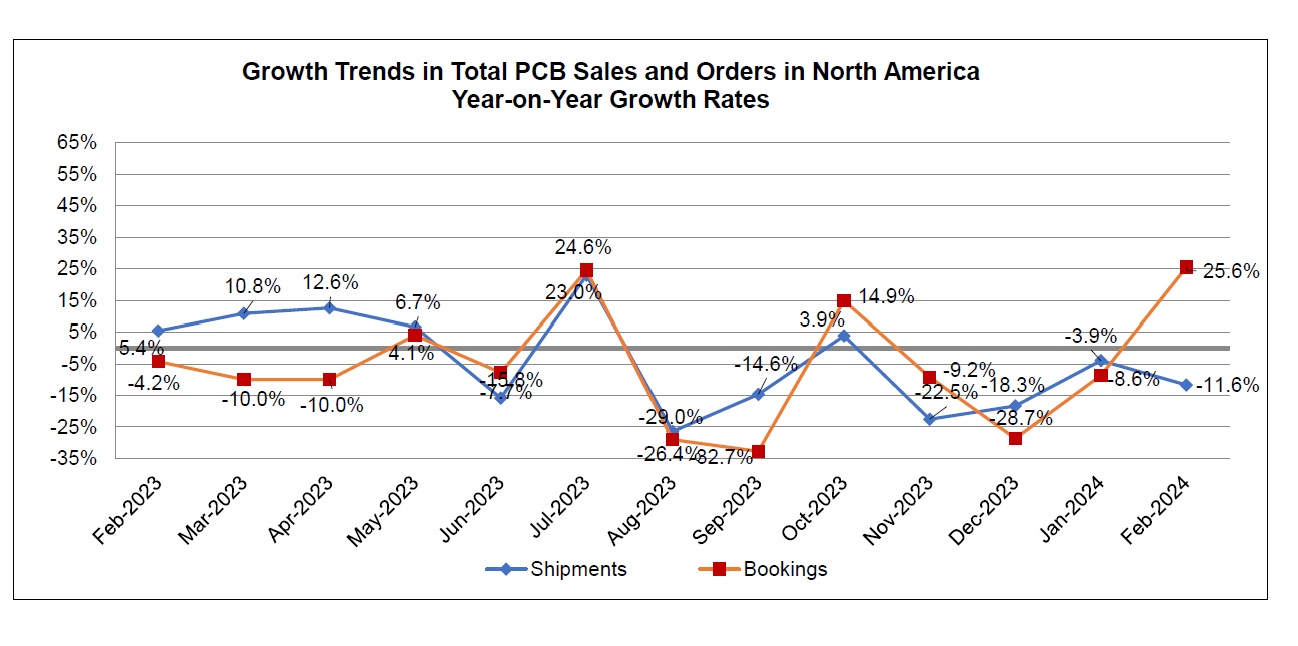By Rich Cappetto, Senior Director, North American Government Relations
Today, March 27, is the first anniversary of U.S. President Joe Biden’s “presidential determination” (PD) on printed circuit boards (PCBs), advanced packaging, and IC substrates – a milestone action by the U.S. government that has paved the way to U.S. government investments in these technologies under Title III of the Defense Production Act (DPA).
One year out from the Biden action, there’s room for both optimism, and concern.
On the positive side, the PD was a concrete step in recognition of the electronics manufacturing industry and its critical role in powering defense technology. The FY24 budget proposal included a line item under the DPA for advanced packaging and PCBs; and the FY24 spending deal recently approved by Congress and signed into law by President Biden includes $587.9 million for all DPA purchases.
These funds had been on the chopping block, and IPC had swung into action to defend them. Specifically, we had dozens of meetings and communications with the Hill, and we co-organized a letter to Congress from more than 50 industry executives.
As a result, legislators were kept informed about the critical need to fund the Presidential Determination on PCBs, and the final result is $156 million more than the low end of the negotiation. Moreover, the negotiators issued an explanatory statement which says, “The Secretary of Defense is encouraged to prioritize Defense Production Act investments in support of domestic printed circuit board fabrication.”
IPC now calls on the U.S. Department of Defense (DOD) to proceed with allocating the full $85 million it had budgeted for PCBs and advanced packaging as it implements the FY24 spending package.
Also on the positive side, the DOD in 2023 awarded two IPC member companies a combined total of $86.1 million under the DPA. Calumet Electronics won $39.9 million to produce high-density build-up (HDBU) substrates; and Green Source won $46.2 million to enhance production of IC substrates, high-density interconnect (HDI), ultra-high-density interconnect (UHDI), and advanced packaging.
Investment in IC substrates in the United States is a critical need, as highlighted in a 2023 report by IPC’s Chief Technologist Council on how to get the most benefit out of the CHIPS and Science Act.
But despite these welcome signs of progress, much more work remains to be done.
Specifically, the U.S. Government needs to make a clear, unambiguous commitment to a “silicon-to-systems” strategy, not a “chips-only” strategy. Semiconductor chips don’t operate on their own; they must be mounted on PCBs and interconnected with other components to function. More advanced chips require more advanced components and assemblies, and the United States has very limited capabilities and capacities in today’s most cutting-edge technologies.
Unless the U.S. makes a clear and continuing commitment to the “ecosystem” approach to electronics, the growing supply of advanced silicon chips made in newly minted fabs in Arizona, California or Ohio will still need to be sent abroad for packaging and assembly into finished products, leaving the nation vulnerable to supply chain disruptions.
Moreover, an even bigger challenge now looms to ensure that funding for the electronics ecosystem continues in FY25. The administration’s recent FY25 budget proposal contains a 33% reduction for the Defense Production Act below the FY24 enacted level. Even more troubling, no additional funds are requested for PCB and advanced packaging beyond those approved in FY23 and FY24. Unless these figures are corrected, it will undermine the initial progress made in expanding industrial capacity, resulting in stalled momentum in 2025 and beyond.
IPC marks today’s anniversary of the PD milestone with gratitude for the progress to date, while at the same remaining clear-eyed about the tall task remaining to ensure continuing investment in the U.S. electronics ecosystem.




